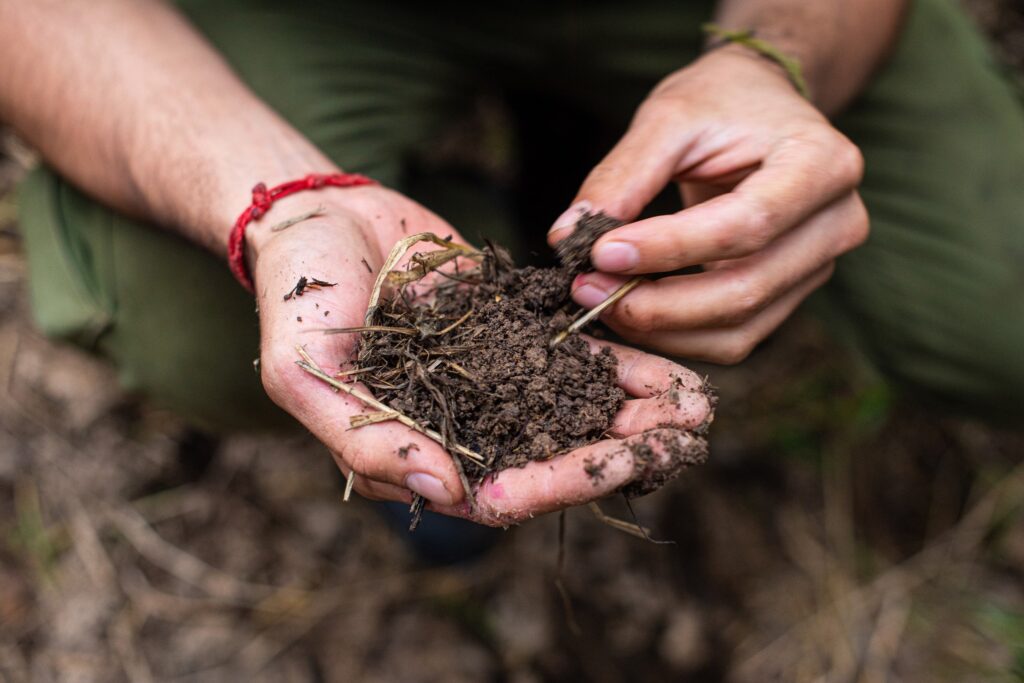Plastic is everywhere. From food packaging to office supplies and travel essentials, most of our daily lives involve some form of plastic. While it may be convenient, plastic pollution has become one of the biggest environmental challenges of our time. Every piece of plastic ever made still exists in some form, polluting oceans, harming wildlife, and even finding its way into our food and water.
The good news is that small changes in our daily routine can create a big impact. By making conscious choices, we can significantly reduce our dependence on plastic and move toward a sustainable future. This lifestyle shift doesn’t mean compromising comfort—it means choosing smarter alternatives.
In this guide, we’ll explore how to go plastic-free at home, at work, and while on the move. Get ready to take simple steps that lead to a healthier planet and a more eco-conscious lifestyle.
Why Adopt a Plastic-Free Lifestyle?
Plastic pollution has severe environmental consequences. Billions of single-use plastics end up in landfills and oceans each year. Marine animals mistake plastic for food, leading to fatal injuries, while microplastics are now found in fish, fruits, and even drinking water.
Beyond the environment, reducing plastic also supports better health. Many plastics release harmful chemicals, especially when exposed to heat, and these toxins can mess with hormones and overall wellness.
Living plastic-free means choosing reusable and biodegradable materials. It helps conserve resources, cut down waste management costs, and encourage industries to shift toward sustainable solutions.
Ditching Plastic at Home
Home is the best starting point for a plastic-free lifestyle. Small daily habits can make a major difference.
1. In the Kitchen
The kitchen is where plastic tends to pile up. Packaging, storage containers, and utensils are mostly plastic.
- Choose glass or stainless steel storage containers: Instead of plastic Tupperware, go for glass jars, steel tins, or ceramic bowls.
- Buy in bulk: Shop at stores that allow bulk purchases to cut down on packaging waste. Bring your own cloth bags or jars for grains, pulses, spices, and nuts.
- Compost and swap plastic wrap: Invest in beeswax wraps or silicone lids instead of single-use cling film.
- Filter instead of bottled water: Install a water filter at home and use steel bottles instead of buying packaged water.
2. In the Bathroom
Beauty, hygiene, and cleaning products often come wrapped in plastic.
- Switch to bar soaps: Replace liquid body wash and shampoo bottles with natural soap bars and shampoo bars.
- Use bamboo toothbrushes: A bamboo toothbrush is biodegradable and just as effective as its plastic version.
- Eco-friendly menstrual products: Consider menstrual cups, period underwear, or organic cotton pads.
- Sustainable toiletries: Avoid disposable razors; go for stainless steel safety razors.
3. Cleaning and Laundry
Plastic-heavy cleaning products contribute to pollution.
- DIY cleaners: Use vinegar, baking soda, and lemon for effective natural cleaning.
- Powder detergent in cardboard boxes: Skip liquid detergents in plastic bottles.
- Wool dryer balls: Replace plastic dryer sheets with reusable and natural dryer balls.
Reducing Plastic at Work
The workplace is another area where plastic can sneak into your daily routine.
1. Say No to Disposable Coffee Cups and Bottles
Bring your own stainless steel travel mug for coffee and water. Many offices provide purified water, so just refill your reusable bottle.
2. Rethink Office Supplies
Plastic pens, files, and desk accessories can all be swapped.
- Use refillable metal pens instead of single-use plastic pens.
- Keep documents digital and avoid unnecessary printing.
- Go for recycled paper, bamboo notepads, or digital note-taking apps.
3. Lunch Without Plastic
Instead of takeout in plastic containers, carry home-cooked meals in steel, glass, or wooden tiffins. Wrap snacks in beeswax cloth or reusable silicone bags instead of single-use packets.
4. Sustainable Office Culture
Encourage eco-friendly practices at work. Suggest using bulk coffee machines, avoiding bottled water in meetings, and organizing plastic-free awareness drives.
Plastic-Free Tips for On-the-Go Living
Living plastic-free isn’t just limited to home or work—it’s about the choices we make outside too.
1. Travel Light, Travel Green
When traveling, avoid single-use items by keeping some essentials handy:
- A reusable water bottle
- Steel or bamboo straws
- A cloth shopping bag
- A small set of reusable cutlery
This small kit reduces the urge to rely on disposable plastics when commuting or traveling.
2. Eating Out Sustainably
Restaurants and cafes often use plastic packaging for takeaway. Carry your own container or request eco-friendly packaging. Many conscious eateries are now open to filling your reusable container.
3. Shopping Without Plastic
Instead of using multiple polythene bags, carry cloth bags and mesh produce bags for fruits and vegetables. Go to farmers’ markets where items are sold with minimal plastic. Opt for products packaged in glass, paper, or compostable materials.
4. Eco-Friendly Commuting
If you drive, keep a reusable coffee cup and snack box in your car. Cyclists and walkers can carry a reusable water bottle in their backpacks. These simple practices ensure you don’t end up buying plastic-packaged items out of convenience.
Overcoming Common Challenges
Going plastic-free does come with some hurdles. Here’s how to tackle them:
- Cost concerns: Some eco-friendly alternatives may seem more expensive upfront, but they last much longer than single-use items.
- Convenience habits: Carrying reusable bags and bottles may feel odd initially, but with practice, it becomes second nature.
- Limited access: Not every place has bulk stores or eco shops. Do what you can with available resources—small steps are still impactful.
The key is consistency. You don’t need to be 100% plastic-free overnight. Start small, stay consistent, and gradually adopt more changes.
The Bigger Picture: Creating a Plastic-Free Culture
Individual efforts matter, but collective efforts create movements. By choosing to reduce plastic, you inspire others around you—family, friends, co-workers, and even businesses. Every reusable item you buy sends a signal to manufacturers about consumer demand for sustainable products.
Governments and organizations across the globe are also enforcing bans on single-use plastics. When everyday people support these changes with their own habits, the fight against plastic waste grows stronger.
A plastic-free lifestyle is not about perfection, but progress. The more we shift our choices, the more we push society toward eco-conscious living.
Conclusion
Ditching plastic is one of the most powerful steps you can take for yourself and the planet. From simple swaps in the kitchen and bathroom to eco-friendly practices at work and while traveling, there are countless ways to live sustainably.
Every choice matters—every reusable bag replaces dozens of plastic ones, every refillable bottle saves hundreds of disposables, and every bar of soap saves plastic packaging from ending up in landfills.
Now is the time to take action. Start small, grow consistently, and inspire others to join you. Together, we can create a world where plastic no longer threatens our future.
Your move matters—are you ready to embrace a plastic-free lifestyle today?






